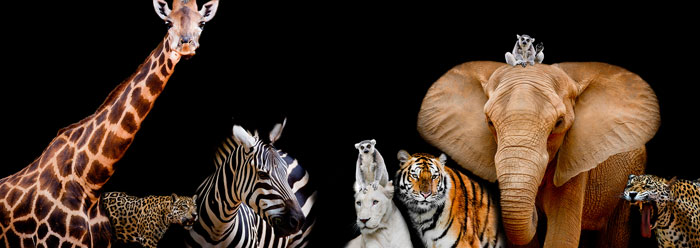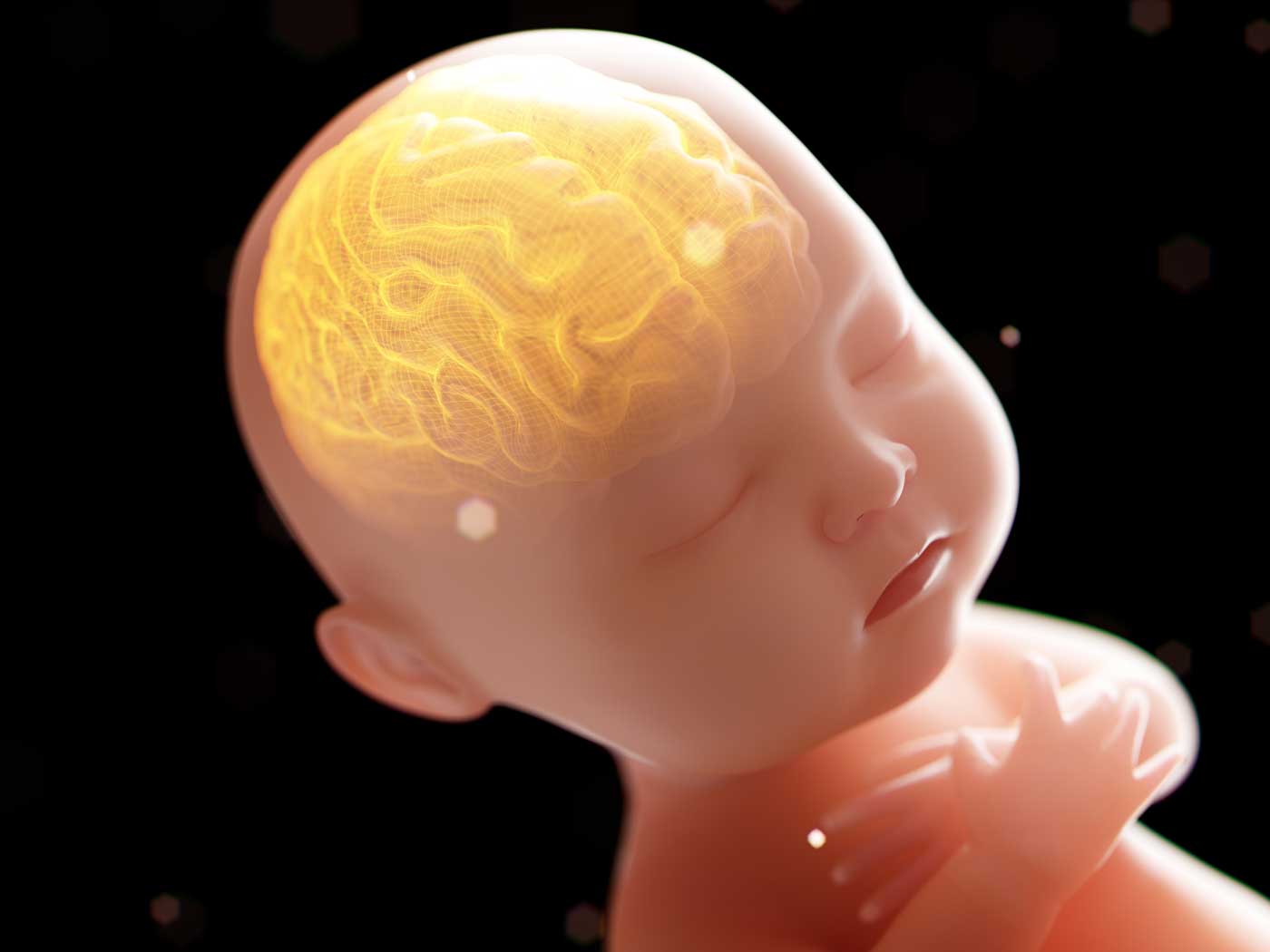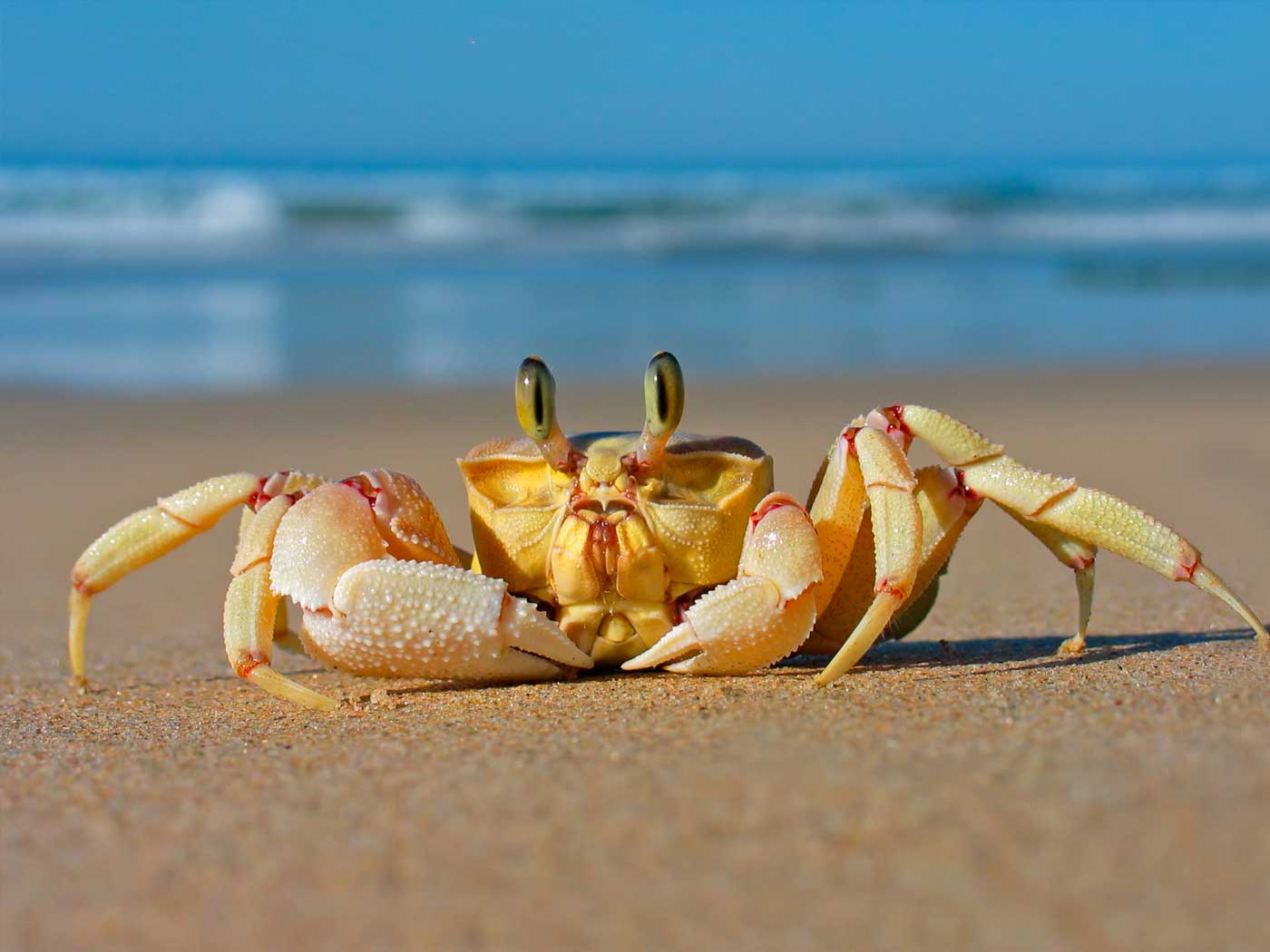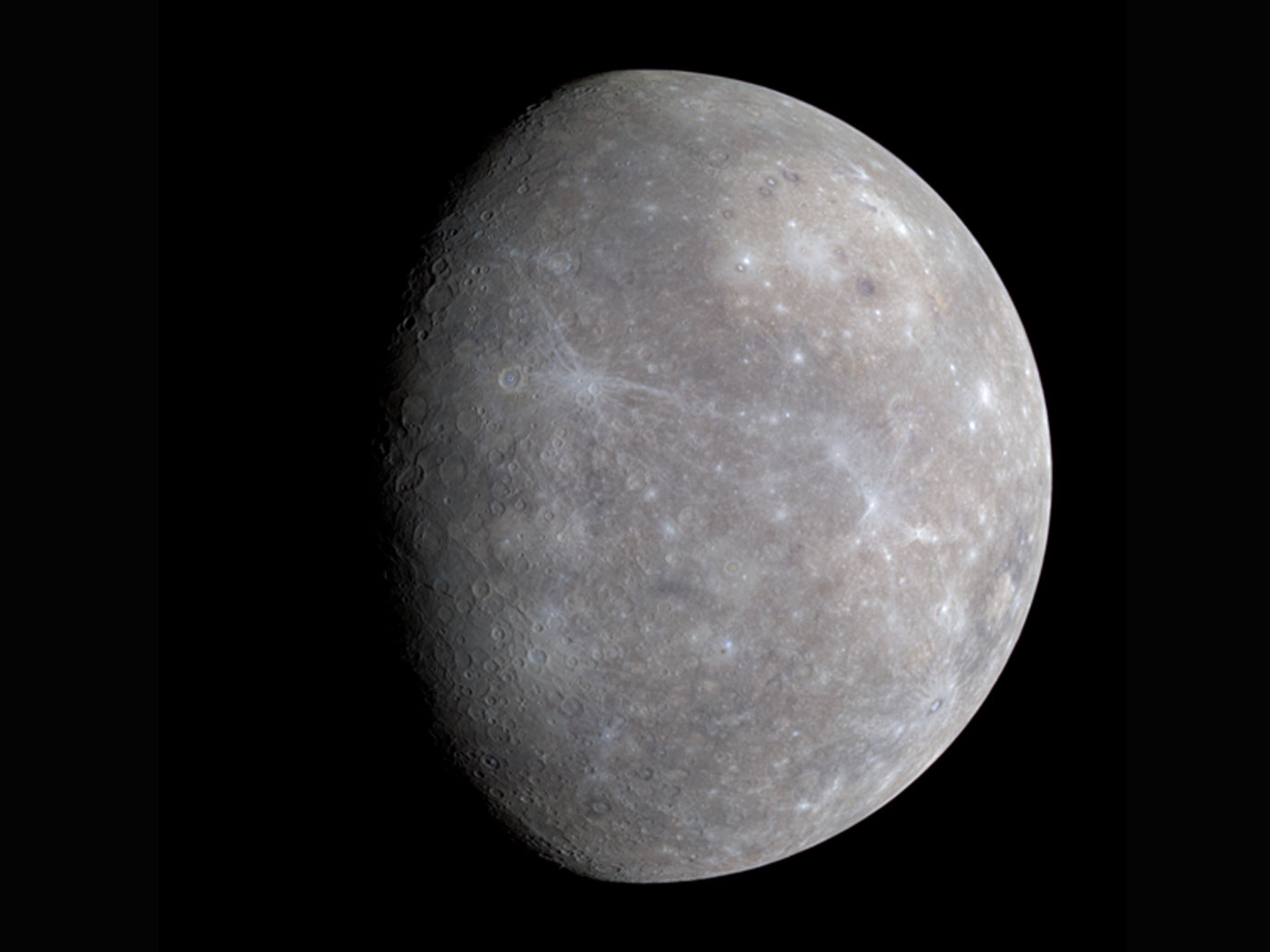Some mammals have an appendix connected to their cecum—the first section of the large intestine—but others don't. How and when did that once-mysterious organ originate?
Midwestern University Anatomist Heather Smith led an extensive study of 533 mammal species, looking for clues to appendix evolution. Three of the team's scientific observations contradict evolutionary expectations.
This body part bears a wrong reputation as a useless leftover from supposed evolutionary ancestors that once used it. Now science has revealed plenty of valuable activities the appendix performs. It harbors microbes that help the gut recover after traumatic times. Lymphoid tissue also lives there, showing the appendix's integration with the immune system.
Evolution suggests three expectations for appendix origins. First, if the supposed ancestor of only one kind of mammal evolved an appendix, then only members of that kind should have inherited the trait and still have it today. Similarly, if the supposed evolutionary ancestor of all mammals had an appendix, then all kinds of mammals should have inherited the trait.
Second, if specific environments pressure, favor, or select mammals with an appendix, then more mammals living in those environments should have it than those living in other environments.
Last, if appendixes evolved as add-ons to already existing digestive tracks, then appendixes might appear alongside all the various mammalian digestive plans.
Results from this new study refute all three expectations.
The team's technical report in Comptes Rendus Palevol shows that the appendix pops up in over 30 mammal groups, each with a separate presumed evolutionary origin.1 The report's authors counted the helter-skelter distribution as evidence that the appendix somehow evolved 29 to 41 separate times!
Talk about circular reasoning. Of course, if the appendix evolved, then it must have evolved three dozen times to explain what we see. But nobody has shown that it did or even could actually evolve even once. Its selected occurrences better fit special creation. God may have placed functional appendixes across all mammal categories where they are needed as a divine signature of His design for each created kind.2
The Comptes Rendus Palevol report also found that both appendix and non-appendix mammals live in a wide variety of environments. So much for any particular environmental pressure or selection bringing forth appendixes. It's as though natural selection had nothing to do with evolving an appendix…over 30 times.
Finally, the team found that mammals with an appendix most often had a certain shaped cecum. Interestingly, specific appendixes fit certain digestive systems—apparently by design. They offered the term "cecoappendicular complex" to express the organ's high level of integration within appendix-bearing mammals. It's as though a master craftsman, not natural processes, expertly combined the appendix with just those digestive systems that could benefit the most from having one.
Their report juggled confusing evolutionary stories. For example, the separate evolution of the appendix in certain marsupials and monotremes "suggests that the appendix has a deep evolutionary history in mammals" to the study authors.1 But that would imply the appendix evolved once, early on, and somehow got deleted from certain groups over time—not that it evolved over 30 times.
The authors wrote that finding mammals that have no cecum and no appendix (whereas others have just a cecum, and still others have both a cecum and an appendix) "raises the question of whether the cecum evolved as an expansion of the appendix, or vice versa."1
In other words, they still have no idea how or when the appendix evolved. Why should they, when all signs point to its creation?
References
- Smith, H. et al. 2017. Morphological evolution of the mammalian cecum and cecal appendix. Comptes Rendus Palevol. 16 (1): 39-59.
- For example, about 50 completely different basic kinds of animals can make their own light. This ability is called bioluminescence. See references in Thomas, B. 2013. The Unpredictable Pattern of Bioluminescence. Acts & Facts. 42 (4): 17.
*Mr. Thomas is Science Writer at the Institute for Creation Research and earned his M.S. in biotechnology from Stephen F. Austin State University.
Article posted on February 9, 2017.
























